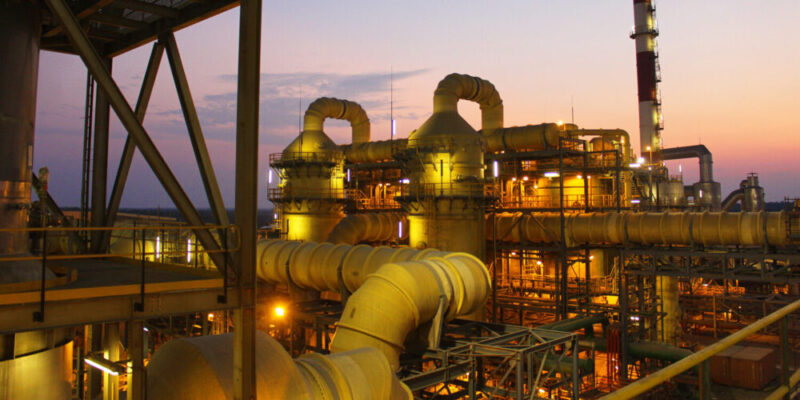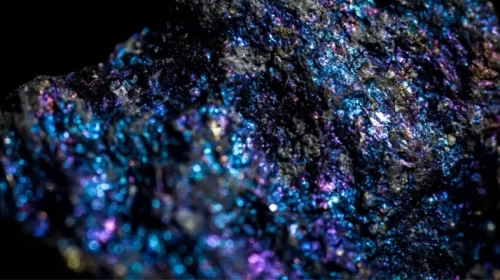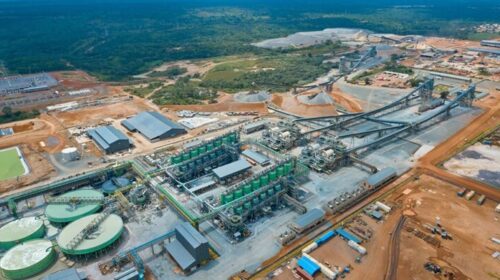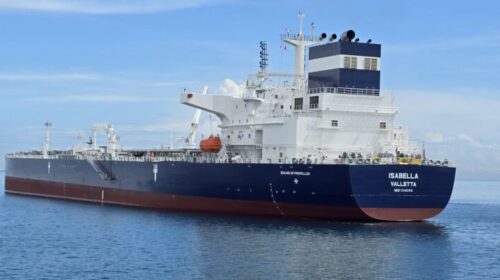FQM’s Kansanshi Set for Season 3 Expansion Works
First Quantum Minerals Ltd announced the filing of an updated National Instrument 43-101 – Standards of Disclosure for Mineral Projects (“NI 43-101”) Technical Report dated June 30, 2020 for the Kansanshi Operations located in the North West Province, Zambia (the “Kansanshi Technical Report”). The updated Kansanshi Technical Report is based on 1.5 million metres of resource expansion drilling and resulting assay data to provide an updated Mineral Reserve and Resource estimates showing an increase of 70% and 40%, respectively, over Reserves and Resources reported in the last update in May 2015, and extends the mine life to 24 years.
This plan assumes a 25 million tonnes per annum (Mtpa) expansion of the sulphide ore processing facility and associated increase in mining capacity, increasing annual throughout to 52 Mtpa (the “S3 Expansion”). The timing of capital expenditure for the S3 Expansion is proposed for 2023/24 and commissioning envisaged in late 2024. This timing could be accelerated or delayed depending on capital availability, commodity prices and the Zambian fiscal regime. Mineral Resources at Kansanshi are now estimated at 939.6Mt at 0.67%TCu including Mineral Reserves, excluding stockpiles of 842.7Mt at 0.64% TCu.
| Reserves & Resources reported at June 2020 | Previous Models | Updated Models | ||
| Million tonnes | %TCu | Million Tonnes | %TCu | |
| Total Proven & Probable Mineral Reserves | 492.8 | 0.63 | 842.7 | 0.64 |
| Total Measured & Indicated Mineral Resources | 667.5 | 0.66 | 939.6 | 0.67 |
Kansanshi NI 43-101 Technical Report Highlights
Since the filing of the previous technical report with respect to the Kansanshi Operations in May 2015, the Company has expanded drilling coverage across the Kansanshi deposits, completing over 300 diamond drill holes and over 24,000 reverse circulation holes in four years. This has resulted in 1.5 million metres of drilling and assay data providing the basis of a Mineral Resource update that will now underpin a potential expansion and upgrade to the processing facilities at Kansanshi. With the oxide and mixed ore plant feeds depleting, this drilling focussed on increasing the sulphide resource inventory, particularly from the South East Dome deposit, which is yet to be mined. Closer drill hole spacing, improved geological definition and subsequent modelling have enabled a significant tonnage of previously Inferred Mineral Resource to be upgraded to Measured and Indicated status. Overall, there is a 40% increase of Measured and Indicated Mineral Resource relative to that reported in May 2015. With this re-classification, additional resource was able to be included in mine optimisation and life of mine planning, partly leading to an approximate 70% increase in the Mineral Reserve tonnes and insitu copper metal. (see Tables 1 and 2 and for further detail refer to the NI43-101 Kansanshi Operations June 30, 2020 available on SEDAR)
TABLE 1: Kansanshi Mineral Resources, inclusive of Mineral Reserves, excluding stockpiles, at a 0.2% Total Copper cut-off as at June 30 2020
| Tonnes (millions) | Density (t/m 3 ) | Cu (%) | ASCu (%) | Au (g/t) | |
| Measured | 306.6 | 2.5 | 0.71 | 0.13 | 0.12 |
| Indicated | 633 | 2.72 | 0.65 | 0.07 | 0.12 |
| Total Measured & Indicated | 939.6 | 2.65 | 0.67 | 0.09 | 0.12 |
| Inferred | 166.5 | 2.75 | 0.58 | 0.04 | 0.11 |
TABLE 2: Kansanshi Mineral Reserves and additional Stockpile Reserves, at a 0.2% Total Copper cut-off as at June 30, 2020
| MINERAL RESERVE AT 30th JUNE 2020 (AT $3.00/lb Cu and $1200/ounce Au) | |||||
| Class | MTonnes | TCu (%) | ASCu (%) | Au (g/t) | |
| TOTAL OXIDE ORE | Proven | 54.1 | 0.86 | 0.46 | 0.13 |
| Probable | 60.2 | 0.68 | 0.37 | 0.11 | |
| Total P+P | 114.2 | 0.76 | 0.41 | 0.12 | |
| TOTAL MIXED ORE | Proven | 67.0 | 0.56 | 0.16 | 0.10 |
| Probable | 71.9 | 0.56 | 0.15 | 0.08 | |
| Total P+P | 138.9 | 0.56 | 0.16 | 0.09 | |
| TOTAL SULPHIDE ORE | Proven | 182.7 | 0.68 | 0.02 | 0.12 |
| Probable | 406.8 | 0.62 | 0.02 | 0.12 | |
| Total P+P | 589.5 | 0.64 | 0.02 | 0.12 | |
| TOTAL | Proven | 303.7 | 0.68 | 0.13 | 0.12 |
| Probable | 538.9 | 0.62 | 0.07 | 0.11 | |
| Total P+P | 842.7 | 0.64 | 0.09 | 0.12 | |
| Additional Stockpile Reserves | |||||
| Class | Mtonnes | TCu (%) | ASCu (%) | Au (g/t) | |
| TOTAL | Proven | ||||
| Probable | 128.1 | 0.46 | 0.12 | ||
| Total P+P | 128.1 | 0.46 | 0.12 | ||
| TOTAL including stockpiles | Proved | 303.7 | 0.68 | 0.13 | |
| Probable | 667.0 | 0.58 | 0.08 | ||
| Total P+P | 970.8 | 0.62 | 0.10 |
The Mineral Resource and subsequent Reserve uplift form the foundation for the potential re-commencement and completion of the S3 Expansion. This will increase the existing 28 Mtpa Kansanshi sulphide, mixed and leach ore processing facilities to an overall capacity of 52 Mtpa. The S3 Expansion had been previously approved and commenced but activities were halted in 2013 as a result of market conditions and a challenging fiscal environment. The earthworks, foundations, steelworks and the filtration facilities (currently operational) for the S3 Expansion were completed prior to the cessation of activities.
Once internal approvals are granted, construction could potentially re-commence in 2023 with completion by late 2024. An estimated $408M of capital would be required for this construction, inclusive of $25M for upgrades and enhancements to existing processing facilities. The current scenario has the majority of spending occurring between the second half of 2023 and early 2025. The timing of the S3 Expansion could be advanced or delayed depending on capital availability, commodity prices and the Zambian fiscal regime.
The additional mining fleet required for the S3 Expansion is expected to be procured at an estimated cost of $242M, to enable the annual mining volumes to increase from the current annual rate of 50 million bank cubic metres (MBCM) to approximately 80 MBCM.
The total capital required for the S3 expansion project is expected to be approximately $650M, to be spent over approximately two years starting in the second half of 2023. This expansion plan will continue to be further refined before project approval is sought which is expected within the new two years.
In addition to the processing plant expansion and upgrades, the Kansanshi smelter will be increased to 1.65 Mtpa capacity during 2022/23, an increase from current performance level of 1.38 Mtpa. Rather than constructing the originally proposed second smelter, the capacity increase will be achieved partly through enhancing copper concentrate grades by lowering the carbon and pyrite content of the Kansanshi and Sentinel concentrate feeds. Concentrate processing capacity will be further expanded through modifications to the existing high pressure leach (HPL) circuit. These expansion measures are sufficient to accommodate the majority of the increased concentrate production from both Kansanshi and Sentinel, with some excess concentrate to be marketed to other Zambian smelters. An estimated $80M is expected to be spent on the smelter expansion and an additional $15M, on the concentrate cleaning and HPL plant modifications.
60 total views , 1 views today






